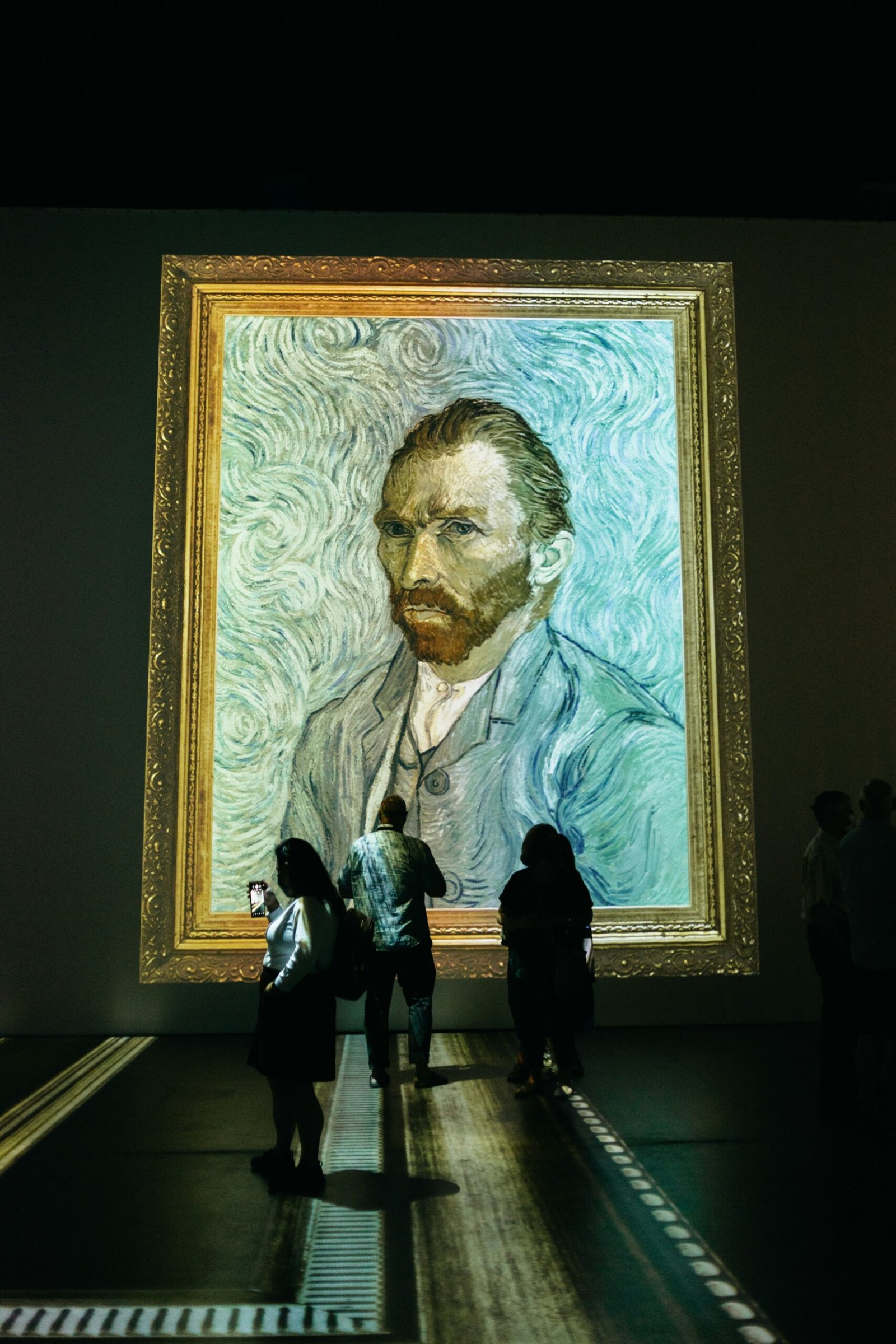Vincent van Gogh: A Dutch Post-Impressionist Painter
Vincent van Gogh, a Dutch post-impressionist painter, is widely regarded as one of the most famous and influential figures in the history of Western art. Born on March 30, 1853, in the Netherlands, van Gogh’s unique artistic style and emotional expression have left a lasting impact on the art world.
Early Life and Background
Van Gogh was born into a middle-class family and showed an early interest in art. Despite his passion for painting, he initially pursued a career in various professions, including working as an art dealer and a teacher. However, his true calling as an artist became evident as he continued to explore his artistic abilities.
Throughout his life, van Gogh faced numerous personal and emotional challenges, which greatly influenced his art. He struggled with mental health issues, including depression and anxiety, which often manifested in his paintings. Despite the difficulties he faced, van Gogh’s determination to express himself through art never wavered.
Artistic Style and Influence
Van Gogh’s artistic style is characterized by bold, vibrant colors, expressive brushstrokes, and a unique perspective on the world. He often painted landscapes, still lifes, and portraits, infusing each piece with his own emotions and interpretations. His use of vivid colors and energetic brushwork set him apart from his contemporaries, making his work instantly recognizable.
Although van Gogh’s art was not widely appreciated during his lifetime, his posthumous recognition skyrocketed, and he became a significant influence on subsequent generations of artists. His impact can be seen in the works of numerous modern and contemporary painters who were inspired by his bold and expressive style.
Notable Works
Van Gogh created a vast body of work during his relatively short career. Some of his most famous paintings include:
The Starry Night: This iconic painting, created in 1889, depicts a swirling night sky over a small village. The use of bold brushstrokes and vibrant colors captures the artist’s emotional state and has become one of the most recognized artworks in the world.
Sunflowers: Van Gogh’s series of sunflower paintings, created between 1888 and 1889, are renowned for their vibrant yellow hues and textured brushwork. These works showcase his ability to infuse simple subjects with profound emotion.
Self-Portrait: Van Gogh painted numerous self-portraits throughout his career, using himself as a subject to explore his own emotions and mental state. These introspective works provide a glimpse into the artist’s inner turmoil and artistic journey.
Legacy and Impact
Vincent van Gogh’s legacy extends far beyond his artistic achievements. His life and work continue to inspire and captivate audiences around the world. His struggles with mental health have also sparked important conversations about the link between creativity and mental well-being.
Today, van Gogh’s paintings are housed in some of the most prestigious museums and galleries worldwide, allowing art enthusiasts to experience his genius firsthand. His ability to convey raw emotion and his unique artistic style have made him an enduring figure in the history of Western art.
Van Gogh’s influence can be seen not only in the art world but also in popular culture. His iconic works have been reproduced and referenced in various forms, from movies to fashion. His name has become synonymous with artistic brilliance and emotional depth.
Conclusion
Vincent van Gogh, a Dutch post-impressionist painter, revolutionized the art world with his unique style and emotional expression. Despite facing personal challenges throughout his life, he remained dedicated to his art, leaving behind a remarkable legacy. Van Gogh’s influence continues to inspire artists and captivate audiences, ensuring that his name will forever be associated with artistic genius.

